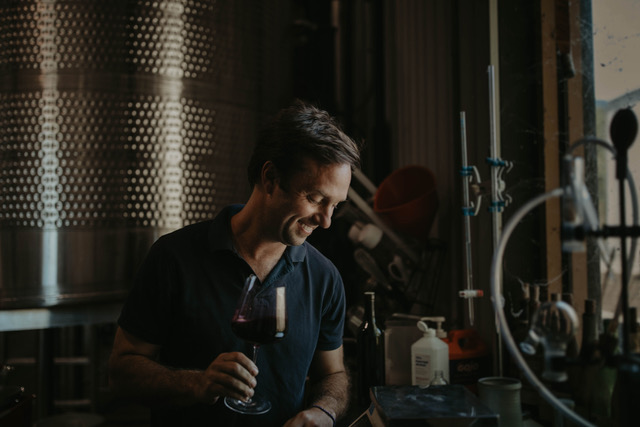
As I was researching more about you, I learned that you’re also a Midwesterner from Kansas City (I’m from Chicago). As someone who grew up in the Midwest, did the thought of winemaking ever cross your mind? As a high school graduate heading to the University of Vermont, what did you plan to study in college and do after you graduated?
For all the remarkable things that make Kansas City such a wonderful place, fine wine production isn’t really what first comes to mind.
I grew up there and realized early on that I had a special interest and connection with the plant world. I always joke that I was put out in the right field in baseball as a kid and the ball would always go sailing over my head because I was inspecting dandelion flowers or digging up worms. While the world-class food scene in Kansas City (Arthur Bryant’s and Gates and Sons Barbeque are without a doubt two of the finest dining establishments I’ve been blessed to experience thus far in my life) gave me an appetite for the good consumable things in life, I had no real winemaking aspirations until I arrived in Vermont.
I showed up for my freshman semester at UVM ready to study Natural Resource Management as I thought my calling might be trees. I quickly changed to focus on plant and soil science shortly before receiving a call from a gentleman looking for help in planting and farming his small vineyards in and around Shelburne, Vermont.
That is where I got bit by the proverbial “wine bug.” I planted vines and farmed vineyards and made wines. I managed a wine bar and tasted every bottle I could get my hands on. At the age of 19 I knew that I wanted to make wine for the rest of my life.
At what point, did your career aspirations pivot into becoming a winemaker?
As a junior in college, I spent a semester studying winemaking at the University of Adelaide in South Australia. That’s really when things got serious. Upon returning to the U.S. I tasted two bottles that forever changed my life. My brother shared a bottle of the 1989 Chateau Certan de May, Pomerol and a bottle of the 1995 Staglin Family Vineyard Cabernet Sauvignon from Napa with me in New York. These bottles blew my mind and I reached out immediately to the Staglin Family. I was at the right place at the right time and I began working with them in spring 2001. That absolutely changed my life.
Can you please walk us through your winemaking background, starting with your first job in Vermont, taking you abroad and landing you in California where you are today making wine for Mail Road Wines amongst other spectacular brands…..
After making wine in Vermont and moving to Napa, I had the pleasure to spend the fall and winter of 2001, 2002 and 2003 working with the Staglin Family making cabernet sauvignon in Napa Valley. During the spring of 2002, 2003 and 2004 I followed the sun and moved to New Zealand to make wine with Craggy Range in Hawkes Bay. I fell deeply in love with the wines and people and cultures in both places, but felt that I still hadn’t found my winemaking home.
After completing the 2004 New Zealand harvest, I received a head winemaking job offer in Santa Barbara county. Being a naïve and ridiculous young man at the time, I was not very familiar with Santa Barbara wine country. I had the gall to ask, “Santa Barbara…I’m not sure…is it nice there?” Luckily I took the job and have been making wine in the Santa Ynez Valley ever since. This is definitely my home. In many ways, it falls perfectly in between the Napa and New Zealand regions in terms of climate and wine styles.
Specific to Mail Road Wines, Owner’s Ron and Nancy palmer planted unique heritage clones of Pinot Noir & Chardonnay vs. the more common Dijon clones typically found in US wineries. Can you explain the difference and the impact that has on the grapes you’re using for Mail Road Wines? Clearly the proof is in the pudding (or grapes) as Mail Road Wines are the highest scoring wines in Sta. Rita Hills.
Great question for sure and one where there is no real pure answer. There are many nuances that can affect the wine. Clonal material is certainly one of them, but it is so very specific to every site.
At Mail Road, we actually use a combination of Dijon clones and heritage clones for pinot noir that we’ve isolated over the years, while we use only heritage clones for the chardonnay.
To generalize, the Dijon clones tend to be a bit heartier, they tend to set more fruit under difficult conditions and they often times are capable of higher yields in general (bigger clusters, bigger berries). Heritage clones are often more “shy” as vines. They don’t grow as vigorously. They tend to set fruitless efficiently and can often produce fruit with more intensity. That being said, this is not by any means always the case. Every clone is different and they all act differently at every site.
At Mail Road, the heritage selection was most recently selected from Sanford and Benedict in 1990. It is a selection from Mt Eden and likely came to the U.S. from one of Louis Latour’s Corton Grand Cru vineyards around 1898. It (usually) produces small, round clusters of minuscule berries. The wine is defined by red fruit, black pepper and overall complexity and elegance. On the other hand, our Dijon clone 828 produces large clusters in a very windy and challenging parcel. The resulting wines are black and full of generous fruit and substantial tannic structure. Together, they make the most complete and compelling blends.
The Chardonnay is a freak. Straight up freak. The clonal material is mysterious. There are a few chenin blanc vines mixed in. There are some vines that taste (and look) like Riesling. It was also selected from Sanford and Benedict in 1990 and is basically old clone 108. It maintains incredible amounts of acidity and savory qualities.
Is there a typical characteristic or winemaking style (besides beautiful and amazing wines) that people would find common in wines you produce such as a style or mark that once people are used to enjoying your wines would spot throughout the various varietals you make?
I think I’ve always tried my best to listen to vineyards and really pay attention to the wines that each site “wants” to produce. I’ve never approached a new site and said we’ll make style X, Y or Z from this new vineyard. I’m just not that type of winemaker. The pinot noir at Mail Road gets ripe and the resulting wine is rich and dense and vibrant. On the other hand, the chardonnay block gives a wine that remains so fresh and delicate. I didn’t set out to make those styles, but I’m sure as hell happy that those are the styles the vineyard produces.
That’s definitely not to say that winemakers don’t influence style…of course, we do. It would be silly to say otherwise. We make farming decision, picking decisions, cellar decisions, etc. I’ve just never focused on a style. I’ve always focused on a place and its vines.
What was one of the biggest mistakes you have made in your winemaking career?
Oh where to begin. In my early days I forgot to vent a tank and I collapsed a stainless steel fermentor. Oops. You only do that once…
I’ve made a number of mistakes. I’ve always found that one of the true joys of this industry is that it always humbles you. As soon as I think I’ve got it all figured out, it knocks sense into me.
Who has been a mentor or inspiration to you during your winemaking career?
So many tremendous people have impacted and inspired me. Impossible to count them all, but I’d have to include:
Doug Wisor and Adrian Baker from Craggy Range, Ken Albert, Andy Erickson, Lizzie Vianna, Matthew Rorick and Greg Brewer.
As a winemaker you taste (and spit) lots of wine, what wine do you feel bad about spitting because you love it so much?
Let’s put it this way…if I didn’t spit all the wines I taste for work, my life would have taken a very different path. Oy.
What is your favorite after work drink?
I love Manhattans. Love them. Tecate also works if its cold and in a can.
Jean Marc Vincent’s white wines from Santenay also do the trick.
What is your favorite local spot in Santa Barbara?
The beach. Any beach. Just give me sand and ice-cold ocean and I’m happy. We also love the Douglas Preserve at sunset. Walking to dinner at Ca Dario. The Public Market. Sama Sama. Potek Winery. Saturday Farmers Market. We’re spoiled here in SB. It’s all good.
Tell us something that would surprise people about you?
I can deal with a winery with no hot water, floors that don’t drain and even with intermittent electricity, but I can’t make wine without music. I need constant tunes in our facility. No doubt.
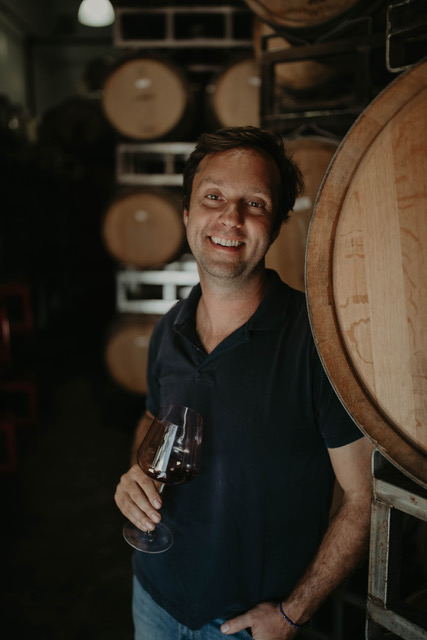

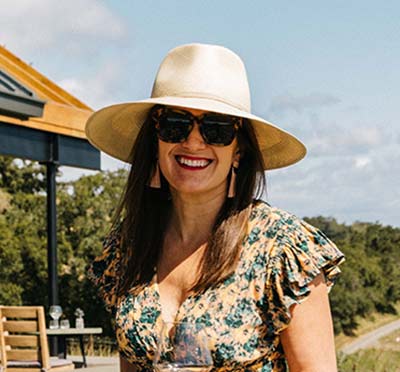


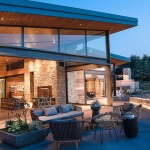
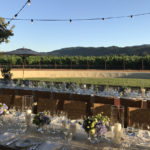
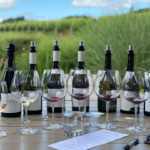
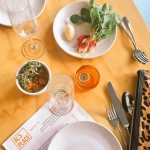
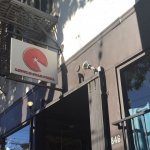
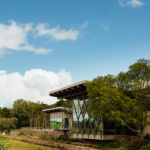
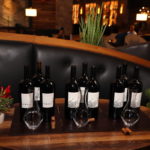
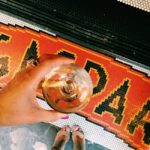
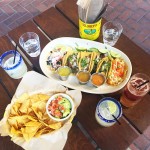


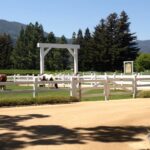
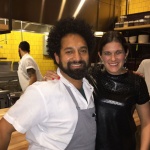
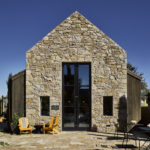
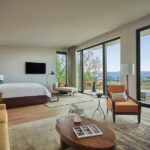
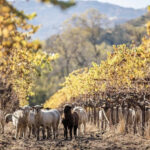
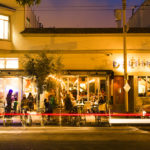
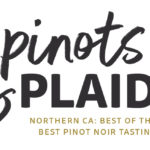
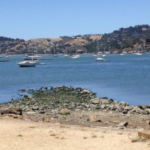
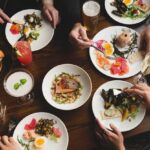
What do you think?